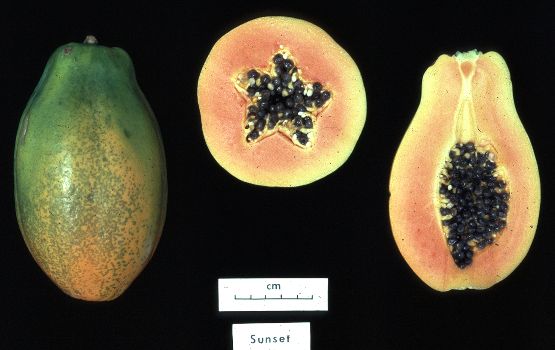
Welcome to the step up week for Year 12 Biology in 2017. This post is to let you know about some of the resources that are available for your studies. It is a new course for Unit 3 and 4 next year and we will be using the Heinemann textbook (3rd edition). You will also need a copy of the Heinemann Student Workbook for practical activities and revision questions.
The Hawkesdale Biology Quizlet page is where you can access learning activities for each Chapter to assist you with key terms and definitions. Please sign up to Quizlet and join the class.
Andrew Douch is a very experienced VCE Biology teacher who produces free weekly podcasts (Douchy’s Biology Podcasts) that are worth listening to. He also has a popular Facebook page where you can ask questions.
Mr Barlow has produced four apps, one for each Biology unit, which are available on iTunes. You may find these useful for revision.
Unit 3 – Area of Study 1 – How do cellular processes work?
Outcome 1: On completion of this unit the student should be able to explain the dynamic nature of the cell in terms of key cellular processes including regulation, photosynthesis and cellular respiration, and analyse factors that affect the rate of biochemical reactions.
Unit 3 – Area of Study 2 – How do cells communicate?
Outcome 2: On completion of this unit the student should be able to apply a stimulus-response model to explain how cells communicate with each other, outline human responses to invading pathogens, distinguish between the different ways that immunity may be acquired, and explain how malfunctions of the immune system cause disease.
Unit 4 – Area of Study 1 – How are species related?
Outcome 1: On completion of this unit the student should be able to analyse evidence for evolutionary change, explain how relatedness between species is determined, and elaborate on the consequences of biological change in human evolution.
Unit 4 – Area of Study 2 – How do humans impact on biological processes?
Outcome 2: On completion of this unit the student should be able to describe how tools and techniques can be used to manipulate DNA, explain how biological knowledge is applied to biotechnical applications, and analyse the interrelationship between scientific knowledge and its applications in society.
Unit 4 – Area of Study 3 – Practical Investigation
Outcome 3: On the completion of this unit the student should be able to design and undertake an investigation related to cellular processes and/or biological change and continuity over time, and present methodologies, findings and conclusions in a scientific poster.








